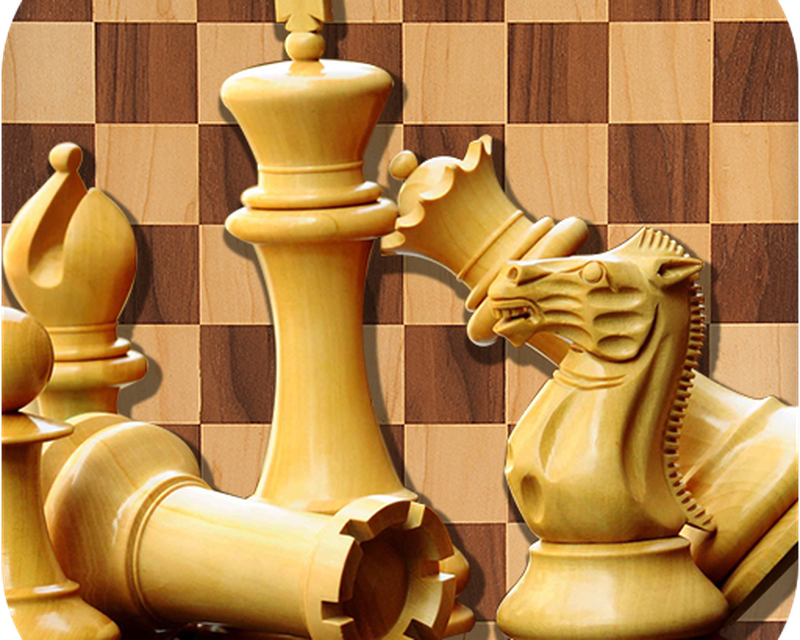
The king can’t move very fast – this makes him a rather static target and we should direct our forces towards this target once the situation in the center is stable. Similarly, the squares near the enemy king should also be treated as targets. In the lessons about the center-control objective we learnt that we should aim to attack and control the central squares. Treat the squares near the opponent’s king as a target-area Next we will look at some examples that illustrates each of these 5 points in more detail. Always keep the safety of your own king in mind.Keep making relentless threats against an exposed king.Look for ways to open and expose the enemy king.Treat the squares near the opponent’s king as a target-area.The column on the left and its detail prefigures Art Nouveau the rest you can probably work out for yourself.In this lesson we will look at 5 practical things you can do to achieve your king-safety objective. This Alma-Tadema painting of 1865 rewards contemplation the Staunton chess set must have been widely recognised in the UK by then. The Staunton set’s lines were sufficiently universal and adaptable not to clash with later styles, such as the soon to emerge Arts and Crafts Movement, and then Art Nouveau which must have helped the design become established. To what extent were the designer and patent-holder pushing the manufacturing limits of the time, and how far were they building-in obsolescence? Perhaps readers will share their thoughts. Higher quality sets were more durable, though far from indestructible. The design allowed a range of qualities to be manufactured the relatively shoddy would chip or break within a few years of normal use, though would last longer used solely as a display item. Related Post: what are the names of all the chess pieces Designing The Staunton Chess Set The knight was the most challenging piece for the small-scale producer to replicate, but other pieces made a contribution too the king’s was its tricky-to-make cross on top.Īs the king was by far the largest Staunton piece, its cross-frippery was not strictly needed for recognition but it also allowed the otherwise absurd echoes atop the queen and bishop, almost as difficult to replicate. Some features which achieved this were common to all pieces: the lead weighting of the base with its glued-on felt cover the very limited range of woods which could both be turned to the desired shapes and be durable the varnishes which enhanced the look and contributed to durability. The major challenge for the designer would have been to retain the look simple meanwhile discouraging amateur and small-scale copyists. A patent was registered on March the 1st 1849.Ī patent however needed to be enforceable.

The Staunton chess set, a widely accepted standard for 160 years, was a subtle amalgam of Classical, Gothic, and clean modern lines. The addition of the cross on the king also helped to make it distinct from the queen especially in the symbolic nature of the Staunton set. The king in chess have a cross on it’s head to symbolize the Christian nature of the monarchy. In this article we get a chance to unravel what this really means. One may argue why is there a cross on the head of the king and what does it really depicts? One of the main distinctive features of the staunton chess king is the cross on it’s head. The new Staunton set was created and allowed for easier production and semblance of standardization.

Prior to the creation of the Staunton chess set, the king along with all the other chess pieces were often ornately carved in likenesses of human figures.Īfter chess moved to Europe in the 15th century, revisions were made to the game including the appearance of the pieces.


 0 kommentar(er)
0 kommentar(er)
